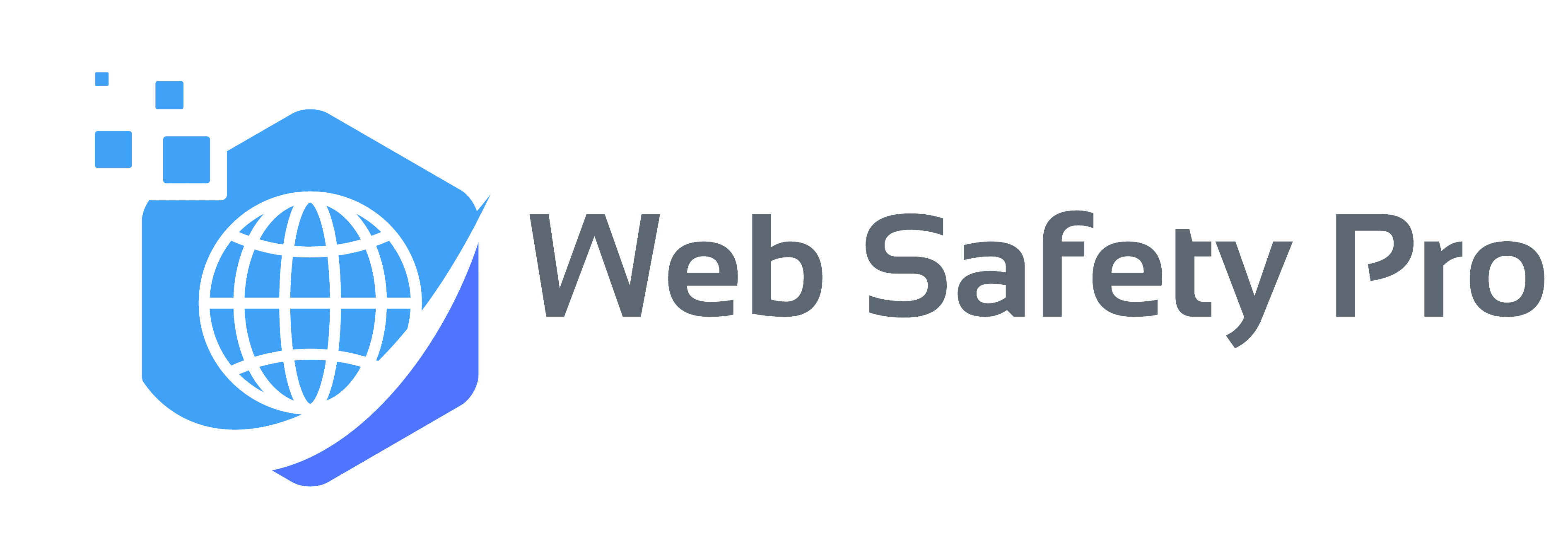In today’s digital landscape, web applications are increasingly vulnerable to various forms of attacks. Hackers use multiple techniques such as SQL injections, cross-site scripting (XSS), and Distributed Denial of Service (DDoS) attacks to exploit web applications. To combat these threats, a Web Application Firewall (WAF) is essential for safeguarding your web presence. This review explores the importance of WAF, how to install it, and its benefits, along with a detailed analysis of different WAF solutions.
What is a Web Application Firewall (WAF)?
A Web Application Firewall (WAF) is a security solution designed to filter, monitor, and block HTTP/HTTPS traffic to and from a web application. It is typically deployed in front of a web server, acting as a barrier between the web application and the internet. The WAF identifies and protects against threats by enforcing specific security policies and blocking harmful requests before they reach the web server.
Key Functions of a WAF:
- Protection from OWASP Top 10 Threats: These include the most critical security risks to web applications, such as SQL injections, XSS, and broken authentication.
- DDoS Attack Mitigation: Prevents malicious traffic from overloading the server.
- Application Layer Security: Focuses on the protection of the web application’s code rather than the network or system itself.
- Real-Time Traffic Monitoring: Monitors all traffic coming to the application and detects anomalous behavior.
Steps to Install a WAF
1. Assessing Your Security Needs
Before choosing a WAF solution, assess your web application’s current vulnerabilities. Identify the security risks specific to your environment, such as data privacy concerns, and understand the compliance requirements (e.g., PCI DSS, GDPR).
2. Choosing a WAF Solution
There are two main types of WAFs to choose from:
- Cloud-Based WAF: This type is hosted on a cloud provider’s infrastructure and is ideal for businesses looking for a scalable solution. Examples include Cloudflare and AWS WAF.
- On-Premise WAF: Installed locally on your servers, giving you full control over its configuration and management. However, it may require more resources and technical expertise to manage.
| Type | Pros | Cons |
|---|---|---|
| Cloud-Based WAF | Easy to set up, scalable, lower upfront cost | Less control over customization and data |
| On-Premise WAF | Full control over configuration | Requires higher technical expertise, higher cost |
3. Installation Process
For Cloud-Based WAF:
- Step 1: Choose a cloud-based WAF provider, such as Cloudflare, Imperva, or AWS.
- Step 2: Register for the service, create an account, and provide your web domain details.
- Step 3: Configure DNS settings to route web traffic through the WAF.
- Step 4: Set up security rules based on your website’s needs. Most cloud-based WAFs come with pre-configured settings for common threats.
For On-Premise WAF:
- Step 1: Purchase a WAF solution like Barracuda or F5 Networks.
- Step 2: Download the software or install the WAF hardware appliance.
- Step 3: Configure your network to ensure web traffic passes through the WAF.
- Step 4: Customize security rules according to your web application’s vulnerabilities.
4. Testing the WAF
After installation, thoroughly test the WAF by simulating different types of attacks (SQL injections, XSS, etc.) to ensure it properly filters out malicious traffic.
5. Monitoring and Maintenance
Once the WAF is live, continuously monitor traffic and update the security policies based on the evolving threat landscape. This ensures that your web application remains secure even as new vulnerabilities are discovered.
Features of a Good WAF
| Feature | Importance Level | Description |
|---|---|---|
| Protection against OWASP Top 10 | 5/5 | Essential for blocking the most common and severe web application threats |
| DDoS Protection | 4.5/5 | Necessary for mitigating high-volume traffic attacks that can crash your site |
| Customizable Security Policies | 5/5 | Critical for tailoring the firewall to your specific application needs |
| SSL/TLS Support | 4/5 | Ensures encrypted traffic is also inspected and secured |
| Real-Time Monitoring | 4.5/5 | Provides immediate alerts for suspicious activity |
| Application Insights | 3.5/5 | Useful for identifying bottlenecks and performance issues |

“Privacy is not an option, and it shouldn’t be the price we accept for just getting on the Internet.“
— Gary Kovacs
Best WAF Solutions in 2024
1. Cloudflare WAF
Cloudflare offers a cloud-based WAF that is highly scalable and easy to implement. It comes with built-in DDoS protection, and it is known for its user-friendly interface.
| Feature | Rating |
|---|---|
| Ease of Use | ★★★★★ |
| Security Features | ★★★★☆ |
| Performance | ★★★★☆ |
| Price | ★★★★☆ |
2. AWS WAF
AWS WAF integrates seamlessly with other AWS services and allows for fine-tuned, highly customizable security rules. It is ideal for businesses already using AWS infrastructure.
| Feature | Rating |
|---|---|
| Ease of Use | ★★★★☆ |
| Security Features | ★★★★★ |
| Performance | ★★★★☆ |
| Price | ★★★☆☆ |
3. Imperva WAF
Imperva is known for its advanced threat intelligence capabilities. It provides comprehensive protection against a wide range of web threats and is widely trusted by enterprises.
| Feature | Rating |
|---|---|
| Ease of Use | ★★★★☆ |
| Security Features | ★★★★★ |
| Performance | ★★★★★ |
| Price | ★★★☆☆ |
Pros and Cons of Installing a WAF
| Pros | Cons |
|---|---|
| Provides robust protection against common web threats | Can be costly, especially for on-premise solutions |
| Enhances compliance with regulations like PCI DSS | May require technical expertise to configure and manage |
| Improves user trust and web application performance | Improper configuration may result in blocking legitimate traffic |
Digital Insights
According to a recent study by Gartner, the global WAF market is expected to grow by 16% CAGR from 2024 to 2030, driven by the increasing number of web-based attacks. The total market size will exceed $6.5 billion by 2025. As businesses move more services online, the demand for secure web applications is rising rapidly.
Data breach statistics show that 43% of cyberattacks are aimed at small businesses, making WAF essential for companies of all sizes. Furthermore, 80% of web application attacks in 2023 could have been prevented with a properly installed WAF, according to Verizon’s 2024 Data Breach Report.
Conclusion
Installing a Web Application Firewall (WAF) is an indispensable step in safeguarding your web application against a growing array of cyber threats. Whether you opt for a cloud-based or on-premise solution, a WAF provides crucial protection from attacks targeting your application layer, significantly reducing the risk of data breaches, financial losses, and reputational damage.
When selecting a WAF, it’s essential to evaluate your specific security needs and choose a solution that balances ease of use, security features, and cost. In today’s threat landscape, investing in a WAF is no longer optional—it’s a necessity for any business aiming to secure its online presence.
| Overall Ratings | Cloudflare WAF | AWS WAF | Imperva WAF |
|---|---|---|---|
| Protection Against Attacks | ★★★★★ | ★★★★★ | ★★★★★ |
| Customization | ★★★★☆ | ★★★★★ | ★★★★☆ |
| Performance | ★★★★☆ | ★★★★☆ | ★★★★★ |
| Price | ★★★★☆ | ★★★☆☆ | ★★★☆☆ |
With the right WAF solution, your business can remain protected and continue growing in a secure online environment.













